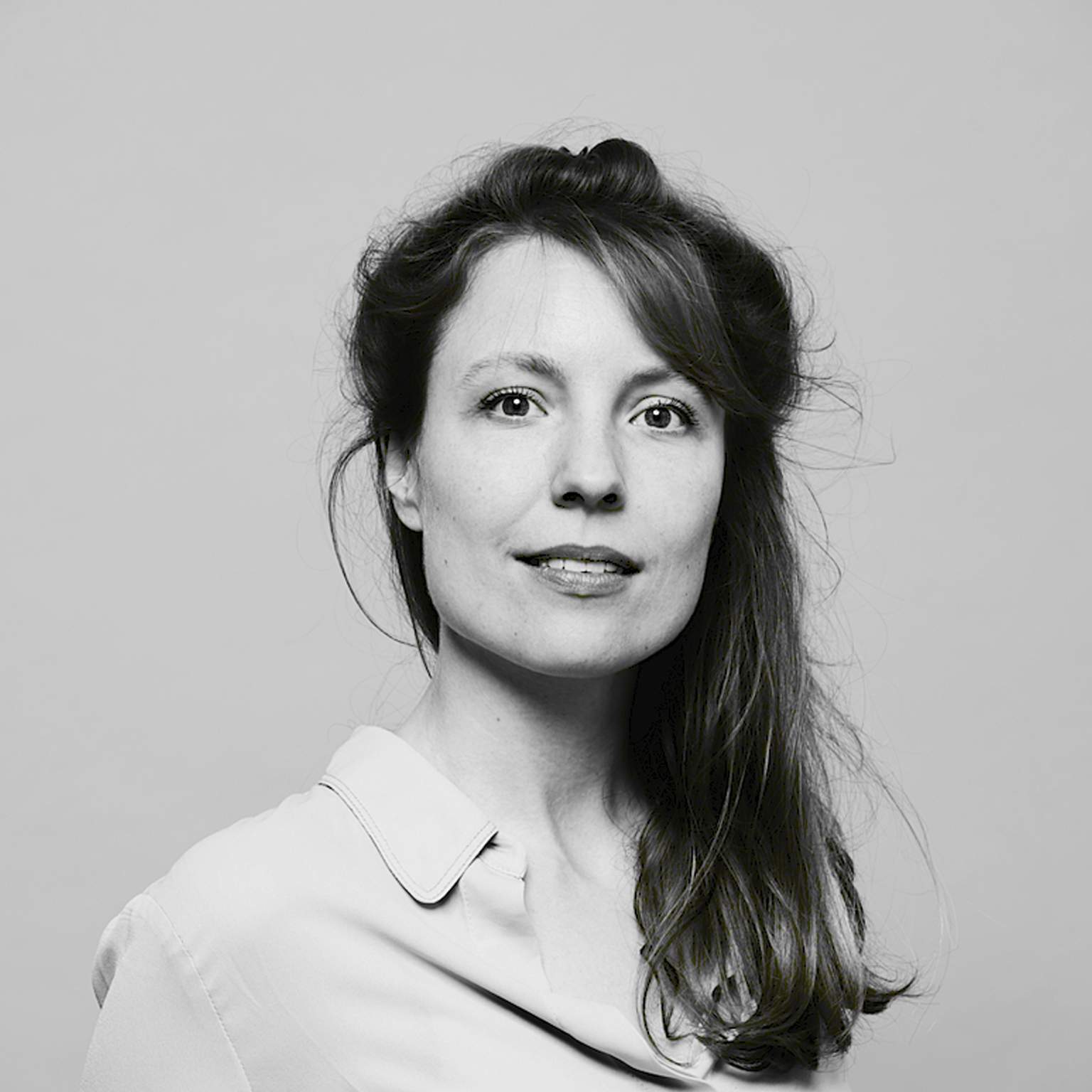Design is a way of speculating about how things could be: it's about imagining possible futures. This, famously, is what is advocated by the pioneers of Speculative Design, Anthony Dunne and Fiona Raby. I dare to say that it's imperative for designers to always, in some way, use design to envision and experiment with our desirable futures. They need to ask and find answers for the questions of what it is that our future needs; how do we want to live, and what do we find important in our lives. And consequently, what do I, as a designer, design, why, and for whom?
The projects that you encounter in the theme Digital Futures all in some way or another reflect on the question: What do we want to take with us into our digital future? Road Echoes reflects on how we can use music to make our memories tangible and take them with us. Transient Recorder envisions an auditory time machine through which the sounds of our daily lives can be endlessly revisited and stored, raising the question of which sounds we want to save for the future, and which not. Accessible ways to make your own sounds are central in Soundsnip, a design that explores the value of creativity, whereas Made by Humans explores designers’ future relationships with creativity in an increasingly AI-driven digital future. Claude envisions a future wherein we leave behind surveillance capitalism and move towards an alternate decentralized internet that's worth wanting, while the project on a circular system for medical wearable sensors reflects on what is needed to create a sustainable and futureproof healthcare system.
Despite their diversity, all these projects spring from envisioning digital futures that form an alternative to the status quo. Design consists of acting on the environment with materials at hand to change the conditions of human and non-human life. Designers create something new that's not yet here, but that we think should be there with us in the future. As a result, to some degree, design always reflects –and reciprocally affects– what we find important in life. Founders of the Value Sensitive Design approach Batya Friedman and David Hendry therefore encourage designers to create with moral imagination; to imagine what the digital future could and should look like. The projects on show in Digital Futures demonstrate this imaginative engagement with the values of creativity, sustainability, and autonomy, to name but a few. But just as much, the projects reflect on the question what it means to be a designer considering the vast and increasing numbers of digital developments on the horizon. How should designers engage with the new materialities and AI developments that they are confronted with, and what influence might these have on the creative activity that characterizes design? These are some of the pressing issues that the projects grapple with.
Our digital future is approaching, and it presents designers with the complex task of taking on responsibility and understanding themselves as creative beings with the ability –and power– to create something new, something that wasn't there before, something that shapes the future.
Designers' creative gift comes with the burden of being responsible for answering the most basic –but ever-pressing– set of questions: who is designing what and why, as well as for whom? Being able to answer these questions requires a reflexive approach to their design practice. They must critically reflect on how they themselves are constituted in a design project; they need to examine the power asymmetries that may characterize the contexts within which they seek to intervene, and they must carefully question whose digital futures are being served, and who is left behind.
